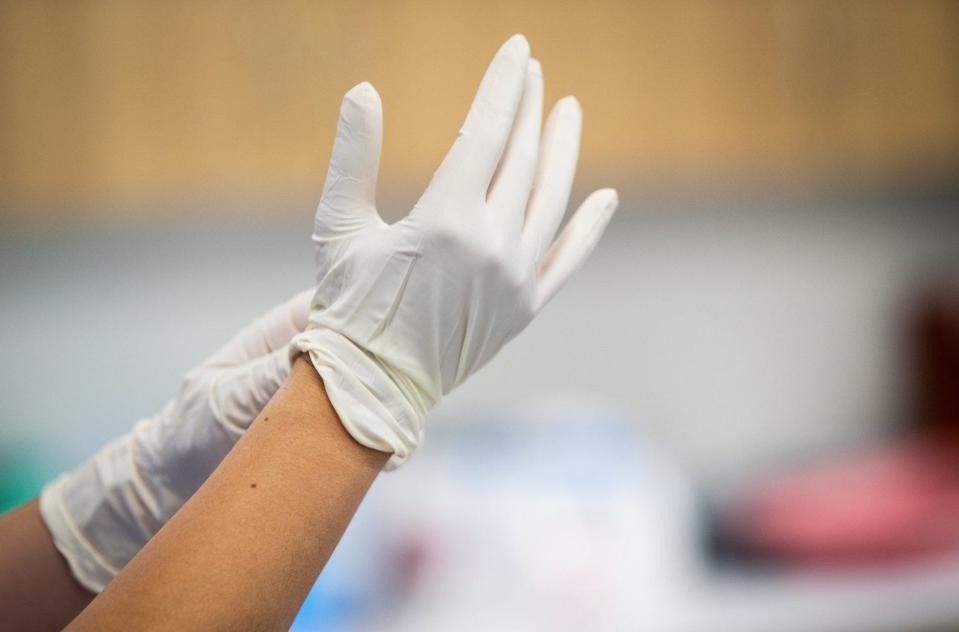Opinion: The nursing shortage is a code red for the legislature
Nurses, the lifeblood of our health care systems, are in increasingly short supply, signaling a code red for the Texas Legislature meeting in Austin. If you or a family member need or will need care in a Texas hospital, nursing home, home care program, clinic, rehabilitation or behavioral health hospital, the State Comptroller warns the shortage might affect the timely availability of that care. The stresses of the pandemic and retirement of baby-boomer age nurses has left the health care system with fewer nurses to provide direct patient care and fewer experienced nurses to train the next generation.
Nurse educators surveyed by the Texas Center for Nursing Workforce Studies identify the top two challenges to training more nursing students as one, a shortage of clinical training opportunities at hospitals and other care sites and two, a shortage of qualified nurse faculty at nursing schools.
Traditionally, state funding has supported only nursing schools and the classroom component of nurse education, and not the clinical training sites themselves. These clinical sites, most frequently hospitals, partner with nursing schools and community colleges to educate future nurses and provide bedside, hands-on education constituting approximately one-third of nursing students’ needed educational hours. Indeed, the Texas Senate’s and House’s versions of the state budget bill already include more funding for nurse education. They propose increasing funding for the Nursing Shortage Reduction Fund by $18 million to support more student financial aid.
This increase in funding is important and should be maintained. But, meeting the growing need for new nurses and supporting and retaining experienced nurses requires investments in both didactic (classroom) and experiential (clinical site, bedside) education. Clinical investment has been the missing piece in Texas’ strategy.

Investments in clinical, experiential education can take several forms and can leverage surplus general revenue funding or unspent federal American Rescue Plan Act funds. For example, lawmakers could choose to:
Fund pay increases for preceptors – the staff nurses who take on the extra responsibility of mentoring, advising, and teaching nursing students at the bedside. Without these preceptors, nursing students lack hands-on, real-world patient care experience essential for successfully completing nursing school and passing nurse licensure exams, and Texas can’t grow its nurse workforce.
Create and fund nursing innovation and coordination grants for clinical sites. Similar to existing grant programs that support classroom innovation, clinical innovation grants would support hospitals and other clinical sites in piloting and testing new approaches to retain and support nurses in their workplaces, including new workflows, use of technology, staffing models, and retention and mentoring strategies to support nurses to keep providing critical patient care.
Create and fund clinical nurse faculty grant programs to support both practicing nurses who want to teach part-time and faculty who want to work part-time in clinical settings. These grant programs would ameliorate the current shortage of nursing faculty and promote integration of the didactic and clinical training students need.
A complete nursing education requires both classroom and clinical site components…both didactic and hands-on learning. Supporting only the academic side of the equation by itself will not solve the nurse workforce shortage nor support those nurses already in the workforce. We need to re-frame health care as essential infrastructure and nurses as foundational to that infrastructure and align public investments in their education and retention accordingly.
Milligan is president and CEO of Teaching Hospitals of Texas
This article originally appeared on Austin American-Statesman: Opinion: The nursing shortage is a code red for the legislature

